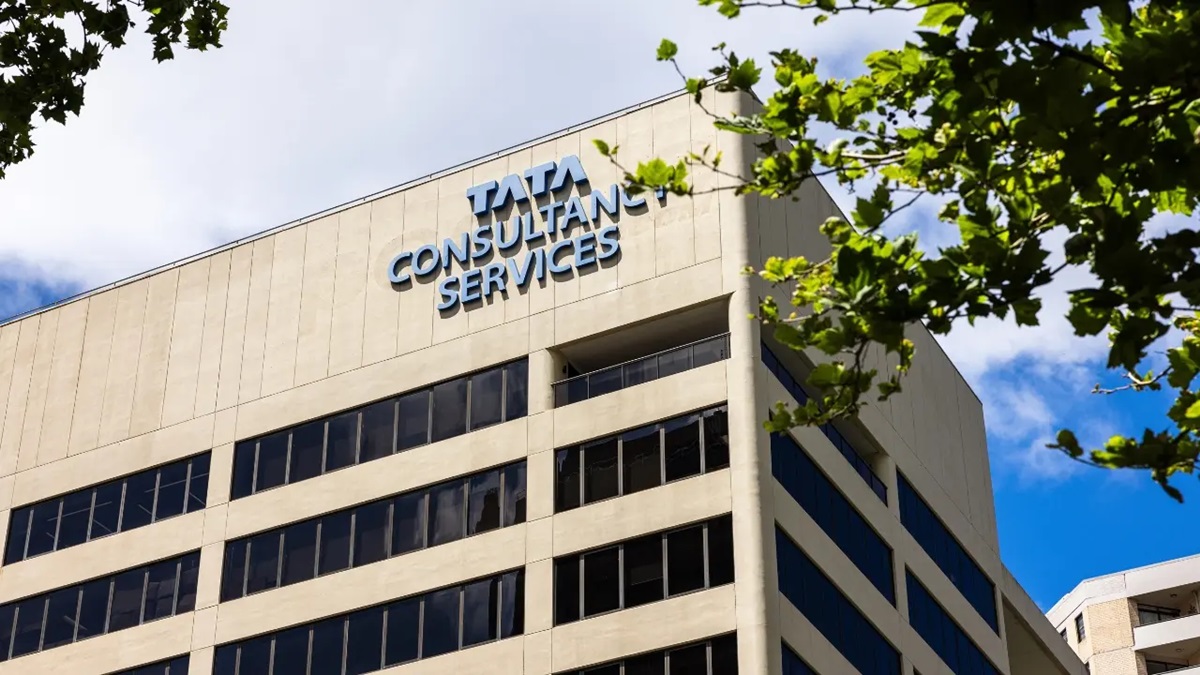In today’s hyper-connected, performance-driven work environments, physical and mental well-being often take a backseat until a health crisis forces us to pay attention. But what if prevention could be embedded into the very culture of our workplaces? What if annual health check-ups weren’t just optional HR perks but strategic necessities?
It’s time for organisations to view annual health screenings not as an expense, but as an investment, one that delivers measurable returns in terms of productivity, engagement, and long-term employee well-being.
Why annual health check-ups should be non-negotiable
The human body doesn’t send calendar invites when something’s about to go wrong. Many serious health conditions, from diabetes and hypertension to cardiovascular disease and even certain cancers, are silent, often developing without noticeable symptoms. Routine health check-ups help detect these issues early, often before they escalate into complex and costly medical emergencies.
For workplaces, this proactive approach translates to fewer sick days, reduced medical claims, and lower insurance premiums. More importantly, it sends a powerful message that employee health is not just their individual responsibility but a shared organisational priority.
The ROI of health: Healthy employees, productive workplaces
There’s a clear link between employee health and organisational productivity. A seminal World Economic Forum report suggests that every dollar invested in mental health interventions yields a fourfold return in improved health and productivity. When employees are physically healthy, they bring more energy, focus, and motivation to their roles, leading to better performance and reduced absenteeism.
Moreover, routine health screenings can contribute to a culture of transparency and trust. When companies offer annual check-ups as part of a broader wellness strategy including mental health support, fitness programmes, and nutritional counselling, it fosters a sense of care and belonging. This, in turn, impacts retention, morale, and employer brand value.
Benefits of investing in employee health
- Increase productivity and retain employees: Stress and poor health can take a toll on performance. Employers can help employees optimise their physical and mental health by investing in health and wellness initiatives, resulting in a high-functioning, productive workforce. Companies prioritising employee well-being can improve retention rates by creating a positive work culture that values and supports its employees.
- Attract top talent: The modern workforce is seeking employers that offer more than just a pay cheque. Comprehensive health benefits and a robust wellness programme differentiate a company from its competitors, attracting talented workers. Surveys show that millennials and Gen Z are particularly inclined to support companies that demonstrate a commitment to employee well-being.
- Boost employee engagement: When employees are healthy and supported by their employer, they are more likely to be motivated and committed to their work. A study by the Harvard Business Review found that companies with high employee engagement are 22% more profitable.
- Decrease absenteeism: By helping to manage employees’ health, employers reduce the likelihood of sickness within the workplace. This results in fewer sick days and maximised productivity of the workforce.
- Early detection and prevention: Annual health screenings enable early detection of conditions such as thyroid disorders, diabetes, and high cholesterol, allowing employees to make timely lifestyle changes to manage or even reverse them. They also help identify more serious issues such as cancer, lung infections, and coronary heart disease (CHD) that might otherwise go unnoticed until reaching a more critical stage.
Making it work: Moving from policy to practice
A healthy workforce is critical for the success of any organisation. Implementing a workplace-wide health screening initiative requires more than just sending out a yearly reminder. It involves:
- Leadership buy-in: When senior leaders actively support and participate in wellness initiatives, it sends a powerful message across the organisation. Their involvement demonstrates that employee well-being is a genuine priority – not just a checkbox. This kind of top-down endorsement helps normalise participation in wellness programmes, reduces any perceived stigma (especially around mental health), and encourages teams to engage more openly and consistently.
- Holistic wellness integration: One of the most effective ways to improve employee health is by implementing a tailored holistic wellness programme. This involves a collection of initiatives that address all dimensions of well-being. While wellness trends come and go, this comprehensive, ongoing, and individualised approach results in the sustained happiness and health of the workforce.
- Extension to family members: Offering these benefits to employees’ families increases overall participation, as many tend to accompany their parents or partners for screenings. It fosters a culture of care, strengthens employee engagement, and promotes broader health awareness and proactive well-being within the organisation.
- Inspire behavioural changes: Wellness programmes provide employees with firsthand experience of the multitude of benefits that come with leading a healthy lifestyle. Some programmes even offer incentives to reinforce the importance of investing in their health. Employees are likely to adopt habits that improve their well-being when employers support them in doing so.
- Offer financial guidance: Financial instability can result in stress and anxiety. Employers who provide financial literacy and money management education instil confidence in their employees to make more informed financial decisions. Offering retirement plans, emergency savings plans, and flexible spending accounts can also support employees in achieving financial stability.
In Conclusion
In an era where talent is the most valuable asset, taking care of employee health must move from the margins to the mainstream. Annual health check-ups are no longer a ‘good-to-have’ benefit; they are a crucial tool for building resilient, high-performing workplaces. A healthy employee is a productive employee. And a workplace that prioritises health is one that’s future ready.




















